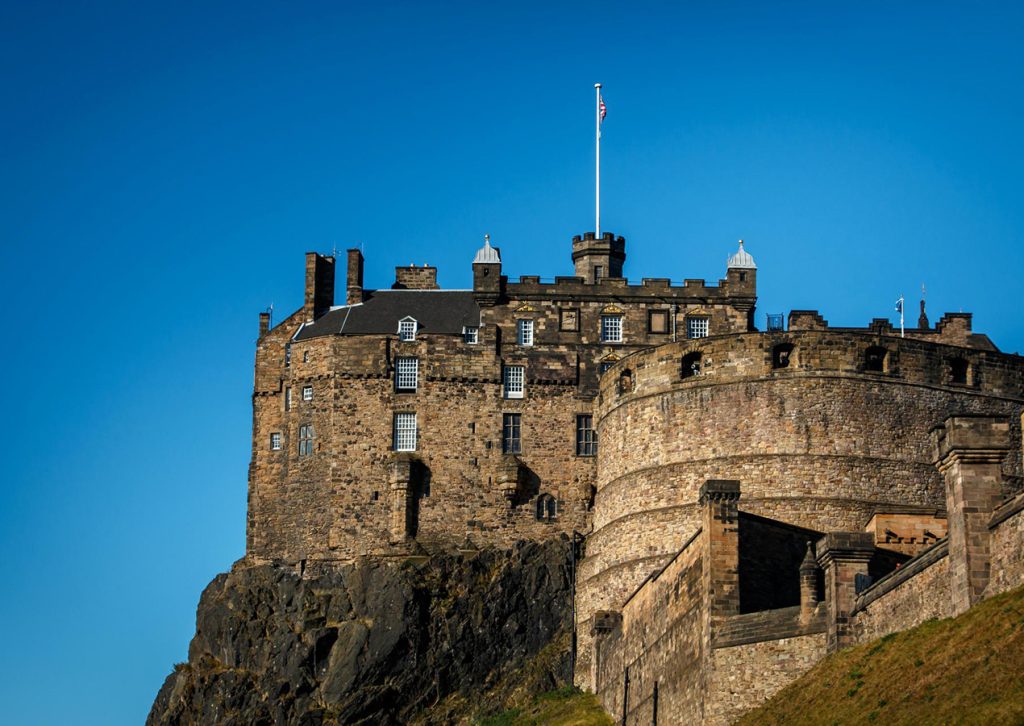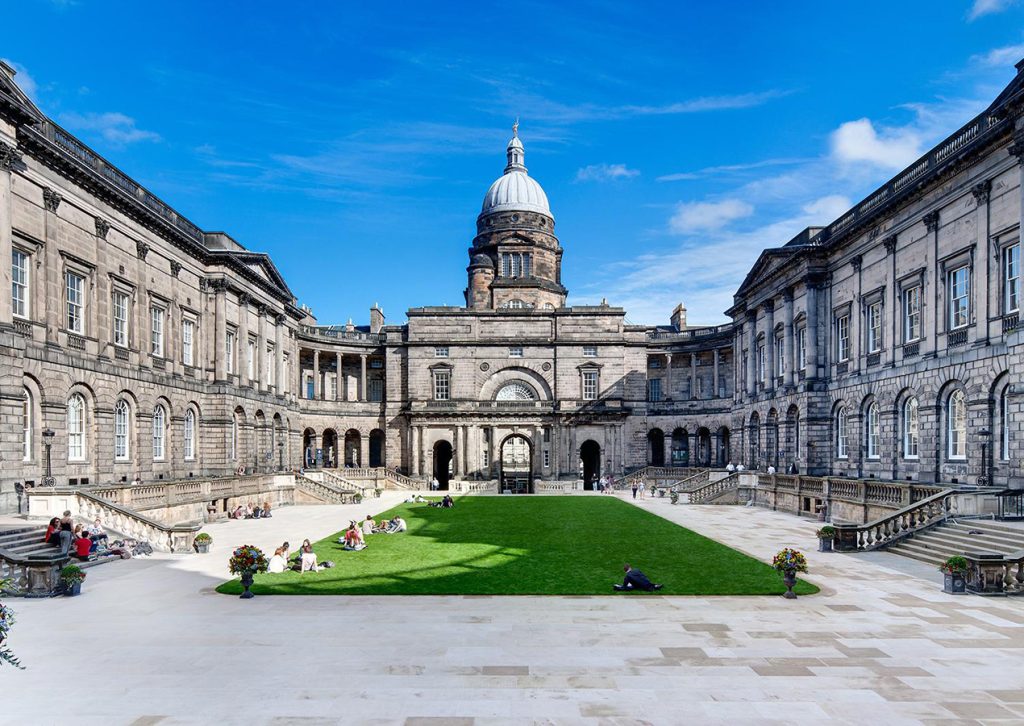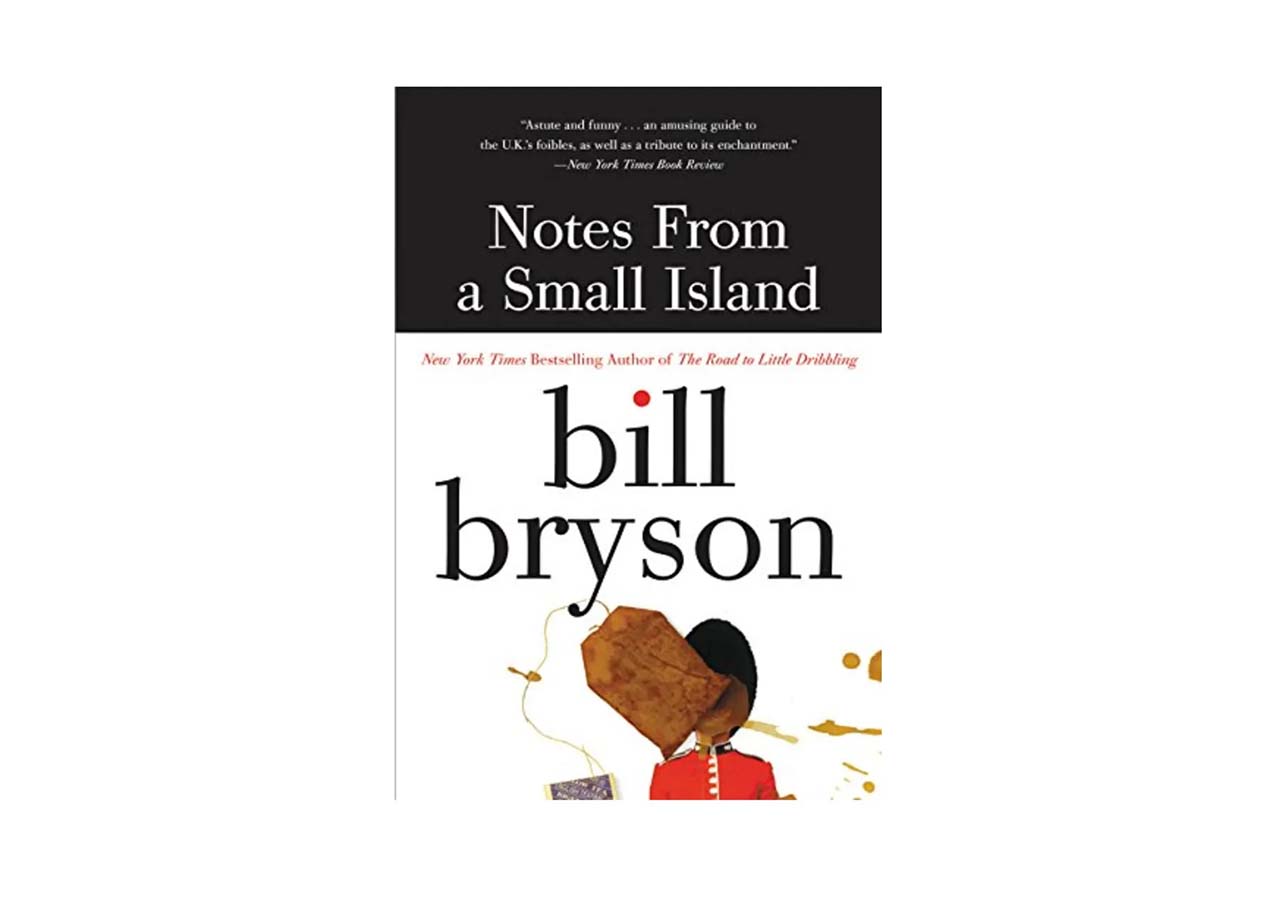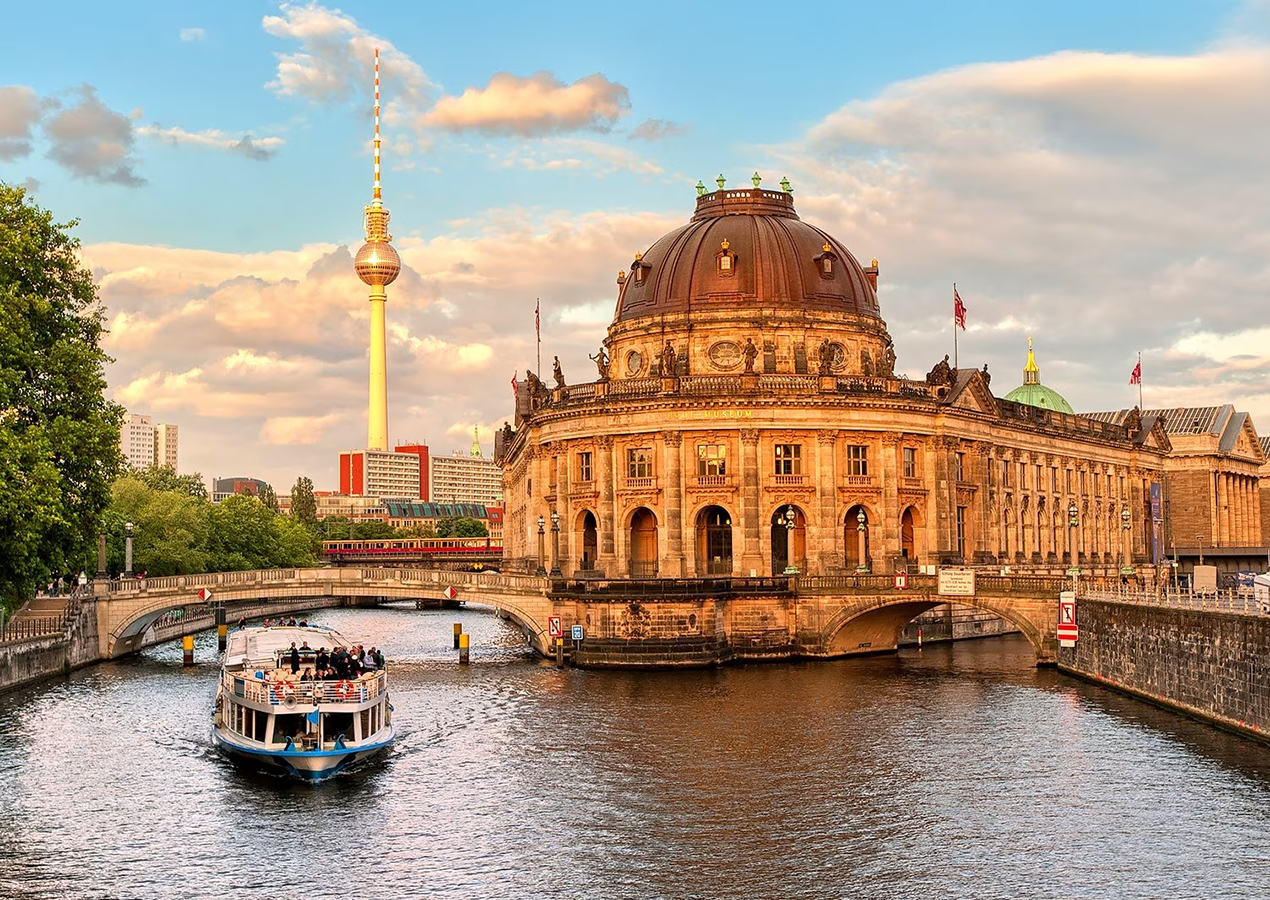Edinburgh, the charming capital of Scotland, has long been known as a literary haven that has inspired countless authors and served as the backdrop for many classic novels. With its cobblestone streets, historic architecture, and captivating landscapes, the city itself seems like a living story waiting to be told.
The Scottish Enlightenment: A Literary Catalyst

Edinburgh’s Enlightenment Era
The 18th-century Edinburgh was a hub of intellectual and cultural growth, often referred to as the Scottish Enlightenment. It was during this period that thinkers like David Hume and Adam Smith shaped philosophical and economic thought. Their ideas influenced not only their contemporaries but also future generations of writers and novelists.
Sir Walter Scott: The Waverley Novels
Sir Walter Scott, known as the “Wizard of the North,” is perhaps the most famous author associated with Edinburgh. His series of historical novels collectively known as the Waverley Novels, including works like “Waverley,” “Ivanhoe,” and “Rob Roy,” brought history to life and romanticized the Scottish landscape. Scott’s vivid descriptions of Edinburgh’s Old Town and its inhabitants provide readers with a glimpse into the city’s past.
Stevenson’s Adventures and Edinburgh’s Atmosphere
Robert Louis Stevenson’s Edinburgh
Robert Louis Stevenson, another literary giant, was born and raised in Edinburgh. His upbringing in the city heavily influenced his writing, and his novels often feature a sense of adventure and exploration. “Treasure Island” and “Kidnapped” are prime examples of Stevenson’s ability to create captivating tales of intrigue and swashbuckling action.
The Writers’ Museum
Located in Lady Stair’s House, the Writers’ Museum in Edinburgh pays homage to the city’s literary legends, including Robert Burns, Sir Walter Scott, and Robert Louis Stevenson. The museum is a testament to Edinburgh’s role in shaping the literary landscape of Scotland and beyond.
The Inspiring Architecture and Landscapes
Edinburgh Castle
Perched on Castle Rock, Edinburgh Castle is an iconic structure that has made appearances in many novels. Its imposing presence and storied history have inspired countless writers to weave tales of adventure, intrigue, and romance.
Calton Hill
Calton Hill offers panoramic views of Edinburgh and has appeared as a setting in various literary works. Its striking monuments and scenic vistas have served as inspiration for writers looking to capture the city’s unique atmosphere.
Literary Festivals and Community

Edinburgh International Book Festival
Every August, the Edinburgh International Book Festival welcomes authors, readers, and literary enthusiasts from around the world. The festival provides a platform for authors to discuss their works, share insights, and engage with their audience.
The Importance of Community
Edinburgh’s literary community is vibrant and inclusive. Bookshops, writing groups, and cultural events contribute to a city where literature is celebrated and nurtured. This sense of community encourages aspiring writers and fosters creativity.
Edinburgh’s streets, buildings, and landscapes have not only provided the backdrop for classic novels but have also played an integral role in shaping the stories themselves. From Sir Walter Scott’s historical tapestries to Robert Louis Stevenson’s tales of adventure, the city’s rich history and vibrant atmosphere continue to inspire writers and readers alike. As you walk the same streets that these literary giants once walked, you’ll discover that Edinburgh’s connection to classic novels goes beyond its physical presence—it’s a place where imagination and reality seamlessly intertwine, creating a literary haven that beckons to all who seek inspiration and the magic of storytelling.



